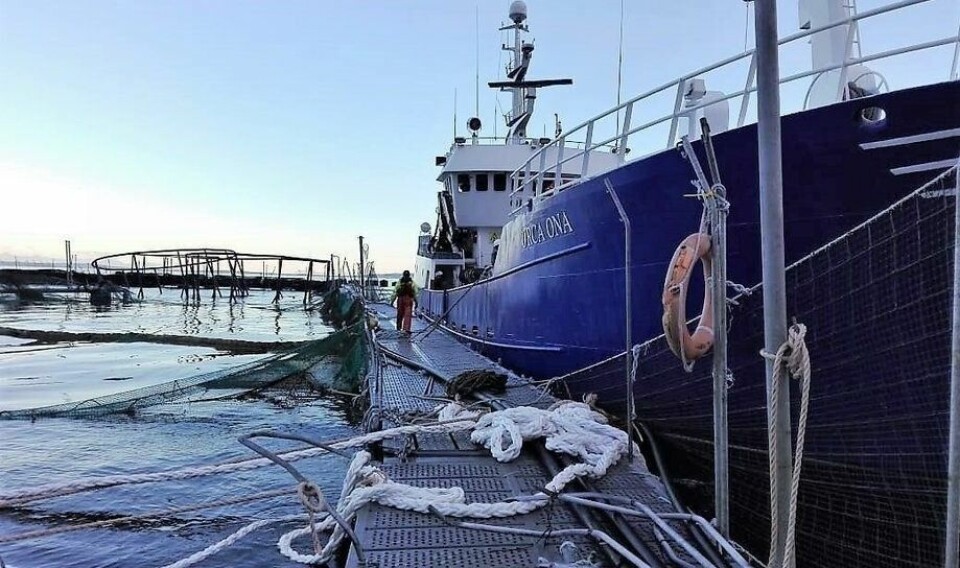
Mowi Chile escape ‘likely to have damaged environment’
The escape of nearly 700,000 salmon from a Mowi farm in Chile last year can be presumed to have caused environmental damage, according to a report by Chile’s Fisheries Development Institute (IFOP).
The document, “Environmental effects and consequences of the salmonid escape that occurred at CES Punta Redonda, Huar Island, during July 2018”, is among evidence being considered by Chile’s environment agency, SMA, as it considers what fines or other sanctions Mowi may face.
IFOP’s report is based on the conclusion by aquaculture regulator Subpesca that only 38,286 salmon – 5.54% of the escaped fish – were recovered, a figure previously disputed by Mowi.
With this in mind, and using a literature review of escapes worldwide as a general background, the report indicates the effects of the Punta Redonda in the short term (days or weeks elapsed since the escape) and in the medium and long term (months or years elapsed since the escape).
Short term
IFOP assumes that a large number of the escaped salmon would have died from different causes, and that the short-term damage would come mainly from the massive deposit of faeces from sea lions feeding on the fish, “and from the dead specimens on the seabed, which would lead to the incorporation of different elements - specifically phosphorus, nitrogen and antiparasitics - altering the functioning of the benthic communities and the physical and chemical characteristics of the habitat”.
Damage is also presumed from “fish predation of marine and estuarine natives”.
Long term
Possible migration of escaped salmon would have long-term effects, says IFOP.
“Surviving individuals could continue to prey on fish and invertebrates in the ecosystem (…) and also move in the search for resources and habitats compatible with the ecological requirements of the different stages of their life cycle,” where the escapees would reach their sexual maturity and spawn.
If they do not return to sea after spawning, the escaped fish die in the river, becoming “an important supply of nutrients, especially phosphorus and contaminants”.
The report adds that the early stages of Atlantic salmon in rivers “would generate direct and indirect effects on native fish species” such as peladilla (Aplochiton zebra) and could increase rainbow trout populations.
Consequences would also be seen in the big puye (Galaxias platei), “which has decreased its population size by 99% in the last century due to the introduction of exotic species, specifically, salmonids”.
Conclusion
IFOP’s report says the Punto Redonda incident was “the third largest salmonid escape” in Chile, and that even when the background information to determine the environmental consequences is scarce, “it is possible to elucidate certain potential effects of this event”.
It concludes that “it is possible to presume environmental damage within a short period” and also “of medium and long term and on a medium to high spatial scale (estuarine and freshwater ecosystems)”, with some more complex effects for the local marine ecosystem.






















































